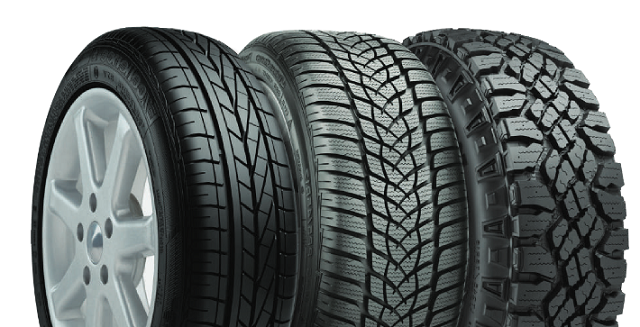
Many motorists know about tyre size but not tyre speed rating
| Motoring Guru | Did you know your car has a specially recommended tyre based on its recommended speed? No, we are not talking about how hard you accelerate or the maximum speed indicated on the speedometer. We are instead talking about the tyre speed recommended by the manufacturer.
Manufacturers give recommended speeds in conjunction with specific maximum loads for your vehicle i.e. a `tyre speed rating’ and ‘tyre load rating’. These two go together, meaning that for you to get the best ride out of your vehicle, it must be driven with recommended tyre rating and load rating. Failure to use right tyre causes problems like poor alignment, bad braking, bursts, vehicle instability in corners, and more.
Unfortunately, many motorists know about tyre size but not tyre speed rating. In fact, it is not unusual to find tyres with different speed ratings on same car. When an accidents happens the tyre “quality” is blamed when the culprit is wrong speed rating.
Manufacturers usually indicate the tyre speed rating and the tyre load rating in in the vehicle manual. But for ease of access, they also paste them in the driver’s side door jamb, the gas tank hatch, or inside the glove box door.
You will see something like: 205/55/R16/91V. That is the tyre you should put on the car. Each letter and figure in the code carries a special message: tyre width, its profile, rim size, and load and speed rating. As already explained, these two go together. In the example above the 91 is the load rating and the `V’ is the speed rating. So what do these two mean?
To answer that you must refer to a “speed rating chart” and “Tyre Load Index”. You can find these on the Internet. It will list the load rating index (load index) and match it with the recommended load for that rating in kilograms. Usually, the Load index starts at “62” per tyre with matching load of “265” for all tyres as the least and rise to load index “126” with a matching load of “1700”.
Meanwhile, the speed rating system uses letters A through Z. The higher the letter in the alphabet, the higher the rating is; same with the load. For example, a tire rated “A” is good for a lower maximum sustained speed than one rated “B” and the load 70 is lower than 120.
There are a few exceptions. For example, tyres with the lowest speed ratings are usually listed as “A” followed by a number– for example, “A1,” “A2, “A3,” and so on. The speeding rating “H” is out of place. Instead of appearing after “G,” it falls between “U” and “V” as does the speed to which it corresponds. Also, there is no speed rating “I,” “O,” and “X”. The rating “P” also is not on some charts. When the speed rating system was first developed, the highest speed rating was the unlimited “V” rating. This was for tyres whose maximum sustained speed was 240 kph or more. But as more manufacturers came out with tyres that could handle speeds in excess of 240 kph, “V” became limited and “W” and “Y” speed ratings were added to the chart. Manufacturers may also insert “Z” into the size description for these kinds of tires for up to 300 kph.
The most common speed ratings are T, with a maximum speed of 189 kph for small saloons and minivans. Next is speed rating H, for maximum speed of 210 kph. It is mainly on sports saloons and coupes. Then there is the “V” rating. This means 240 kph but no higher and “W”, which means 270 kph. Remember that your tires actual speed capability may be affected by inflation, wear, vehicle condition (including alignment), driving conditions and the duration at which speed is maintained.
****
 The Independent Uganda: You get the Truth we Pay the Price
The Independent Uganda: You get the Truth we Pay the Price



